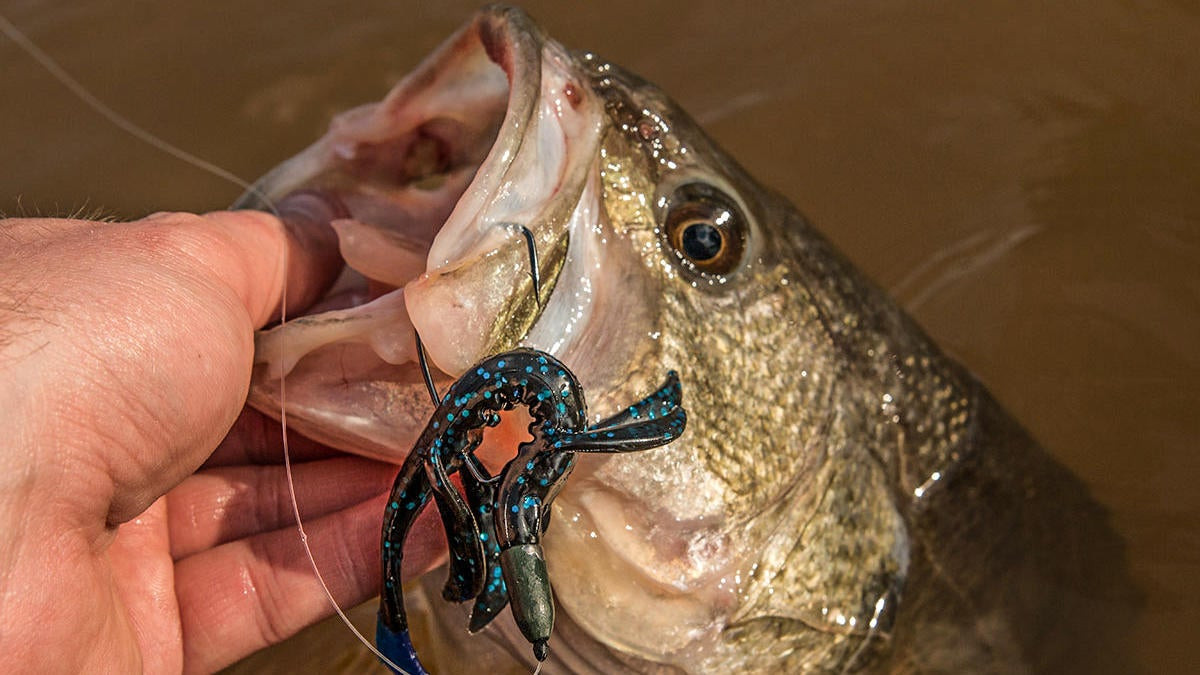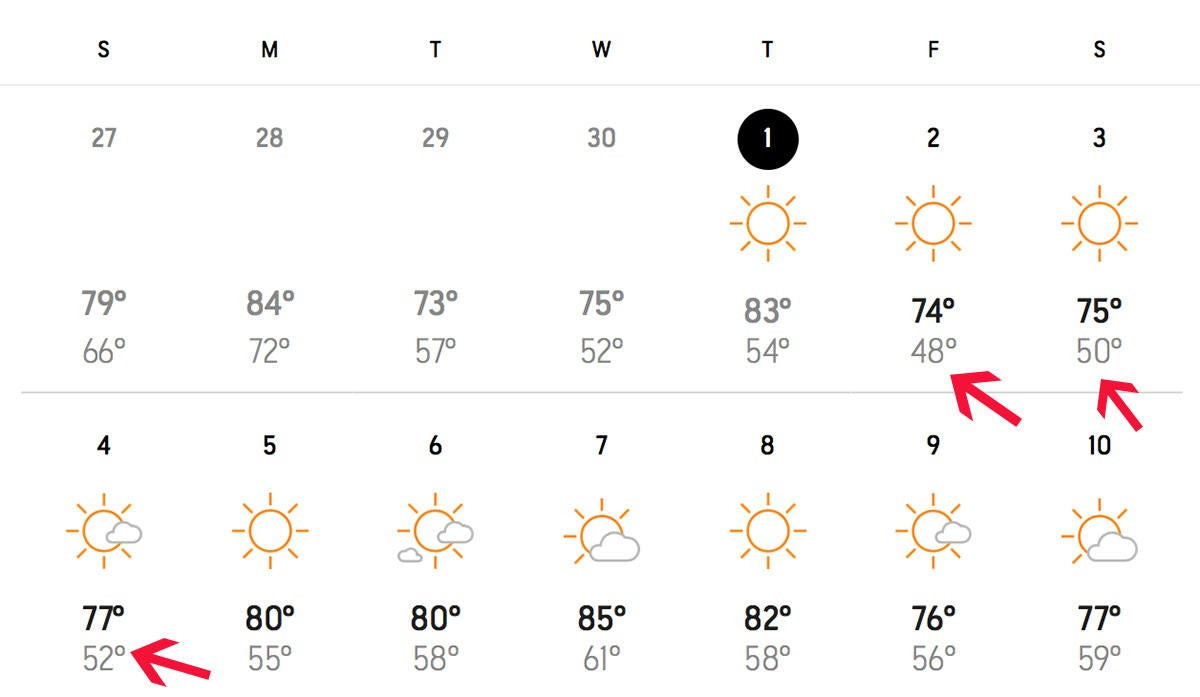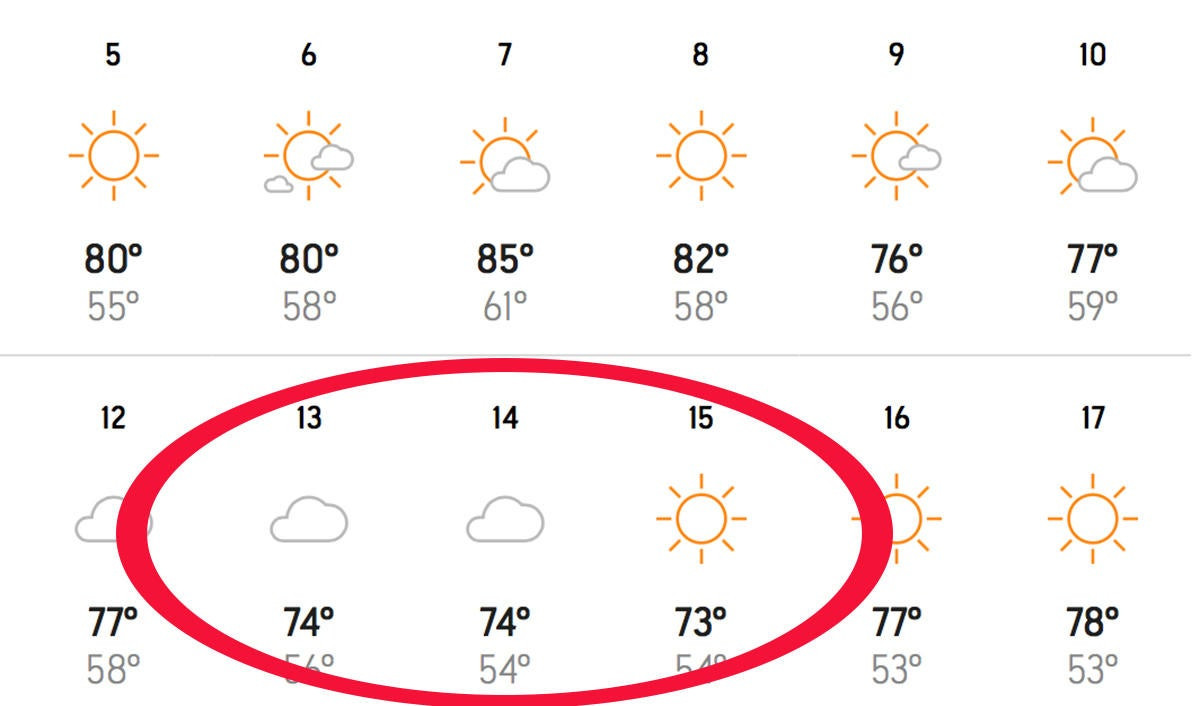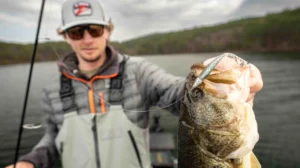I’ve been in the best mood imaginable for the last few weeks. This miserable south Georgia summer has finally loosened its grip on us and for the first time in several months, I can walk outside without my sunglasses and camera lens fogging up. The humidity and triple-digit heat have been absolutely absurd this summer and these cool evenings have been an awesome change of pace. I can finally walk to and from my shop again without requiring a shower afterwards.
With this euphoric feeling comes, finally and at blessed last, a change in the bass fishing. The slow summer fishing is coming to an end and lots of bass are moving shallow and looking to quickly fill their bellies before winter comes around. For anglers, this can absolutely equate to some of the most fun you can possibly have on the water.
I’ve noticed, however, that lots of anglers tend to fall into the same ol’ routine when fall rolls around. I’ve been guilty of this for most of my life but for the last several years, I’ve been going against the grain somewhat and doing things a little differently than fishing magazines and television shows have been telling me for years.
Hang in there with me for a few minutes and I’ll explain what I’m talking about and hopefully expand your approach to fall bass fishing.
Misconception No. 1: You need to throw treble-hooked lures
When most folks think about fall bass fishing lures, their minds tend to gravitate towards hard reaction lures as I call them. Lures like lipless crankbaits, jerkbaits, walking topwaters and the like tend to be quite popular this time of year.
These lures definitely catch bass and I’ll never argue that point. I’m not telling you to avoid throwing them. What I’m saying, however, is that there are other moving baits that can elicit some pretty vicious strikes that don’t include treble hooks. So if you hit the lake this fall and they’re not biting these common treble-hooked lures, it’s totally fine to try something else.
My favorite alternative is probably a topwater frog. It’s known around popular grass lakes (Guntersville, Seminole, Santee Cooper) as a great way to catch big bass in the fall, but I’m amazed by how many people don’t throw it more this time of year.
If you have grass on your local fishery, it’s most likely topping out right now. It’s the thickest it’s going to be and big bass love to hide in the tunnels and crevices that lie beneath its matted-out surface. You can’t cast a lure with treble hooks anywhere near that grass. You’re going to constantly pick grass off of your lure and within a few minutes, you’ll be in a foul mood and totally irritated.
That’s where a hollow belly frog comes into play.
More than likely, you’re not going to catch a pile of bass on this bait. In my personal experience, it’s not something you want to throw if you’re looking to set the hook constantly and catch 2-pound bass. But if you’re looking for a sure enough giant or a few 5-pounders, I can’t think of a better way to catch ’em than a frog.
I suggest looking for irregularities in vegetation. Whether it’s a small point (the size of a dinner plate) or a small indention in an otherwise straight grass edge (the size of a basketball), cast that frog around these areas. Don’t get discouraged if you don’t catch one on your first few stops. That’s totally normal. If you stay focused, you’re going to experience some unbelievable topwater explosions that rival anything you’ve ever seen.
Misconception No. 2: Soft plastics are done for the year
For whatever reason, bass anglers have been trained to put away soft-plastic baits when fall rolls around. We throw ’em a lot in the spring and summer, but they tend to get the backseat once these cooler nights start happening.
I’m here to tell you now: Don’t you dare put them up. Keep a few packs of soft plastics in your boat or tackle bag throughout the fall months.
While in most fall fisheries shad or some other type of baitfish tend to be the most prevalent forage, not all bass are going to chase them to the backs of creeks. Just like humans, I believe each bass has its own preferences and appetite. You might love a big ribeye but your neighbor might like spaghetti instead; I think it’s the same thing with these bass.
You’re going to see most anglers flock to the backs of creeks for the next few months. And yes, they’re going to catch plenty of bass. But one thing that tends to plague those anglers in the fall is small fish. If you’re willing to sacrifice quantity for better quality, however, stick your favorite flipping or pitching bait in your hand and go pick apart some thick cover. Big bass tend to want to “own” a piece of cover and they don’t play those little games that the smaller and younger bass play. While the “kids” waste all of their energy and burn their calories chasing shad, that bigger and smarter bass understands it can just sit their on its stump, laydown or grass bed and get more bang for its buck.
More caloric intake (crawfish, bluegill, etc.) and fewer calories burned to get it. What’s there not to love?
Misconception No. 3: You have to fish the backs of creeks
I know we just hit on this a little bit, but let me expand a little bit on my theory. Like I mentioned, those folks who go catch a bunch of bass in the backs of creeks are going to have a ball and there’s absolutely nothing wrong with that. But if you want to have a better chance at catching some bona fide giants, I’d suggest looking elsewhere.
Similar to what we just discussed, the bigger, older and smarter bass don’t always play the whole shad/baitfish game. If you’re 80 years old, why in the world would you want to fight a bunch of teenagers for a sandwich when you could have a steak delivered to your front door without any extra work? It doesn’t make any sense.
I really do think some bass are the same way. I caught the biggest bass of my life on a November afternoon. She weighed over 13 pounds. I didn’t catch that bass by targeting the backs of creeks. I caught her on a piece of shallow cover that was adjacent to deep water. With two kicks of her tail, she could have been in 15 feet of water in a matter of seconds. She wasn’t playing that shad game. She was letting the food come to her.
Again, everyone’s goals and preferences are totally different. But if you’re specifically targeting big bass, I’d strongly encourage you to fish some shallow cover near deep water. I think you’ll be blown away by the results.
Misconception No. 4: Daytime highs rule all
I’m just like anyone else. I get all excited when the daytime high temperatures start to drop into the 70s and low 80s. For my area, that’s a big deal and it makes me want to stay outside all day. But I try my hardest to not let those daytime highs get my hopes up too much.
From what I’ve learned over the years, I do believe that overnight lows are much more important than daytime highs in the fall. You’ll get a lot of days that top out in the mid 70s which feel great of course, but when you’re asleep at night, the temperature only drops to the low 70s. That doesn’t do a bunch to decrease the water temperature.
When I’m looking at the forecast and trying to decide on a day to sneak out to the water and fish, I rarely look at the daytime highs. Instead, I’m looking at the overnight lows. While it certainly changes depending upon your location, I like to see those overnight temperatures dip down into the 50s for several hours at a time. That’s a quick way to get the water temperatures cooled down and it makes those bass more active.
I know we’re all used to looking at that top row on 10-day forecast, but this time of year especially, make sure you’re keeping a close eye on that bottom row as well.
Misconception No. 5: Cold fronts are bad
Any other time of year, it seems like the words “cold front” scare the ever-loving crap out of anglers. Those words scare me, too. In my mind, it usually means high barometric pressure, finicky bass, bluebird skies and lots of wind. No thank you.
This time of year, however, those cold-front days are the ones I circle on my calendar. I always try to get on the water during the first day or two of a cooling trend. These cold fronts can offer some incredible fishing days.
I’ve noticed that I don’t catch a bunch of big bass on these days. But if you’re sick of slow, tough summer fishing, who cares? Sometimes you just want to get your line stretched a little bit and these cold fronts offer you that opportunity.
I wish I had some really smart-sounding, biological explanation for you, but I honestly don’t. Based just on my personal experience, I feel like these little early season fronts simply wake the bass up, just like they do for humans.
In August and September, my wife and I tend to start putting off a bunch of chores around our property. It has been hot for months and we’re just absolutely sick of the heat and humidity. Once those first few cool evenings roll in, however, and we can finally cut off that A/C unit and turn on the attic fan, we’re suddenly knocking out projects three at a time. That cool weather energizes us in a sense and again, I really think bass might be the same way. This is the one time of year when I never let a cold front scare me away from hooking up the boat and heading to the boat ramp.
While I’m certainly not the best fall bass-fishing angler on the planet, I have definitely learned some things over the years and I think these lessons can help you enjoy this time of year even more. Dig out your favorite hoodie, smell that two-stroke smoke, take in that cool morning breeze and savor that cup of coffee. Fall is here and the bass are biting.

















